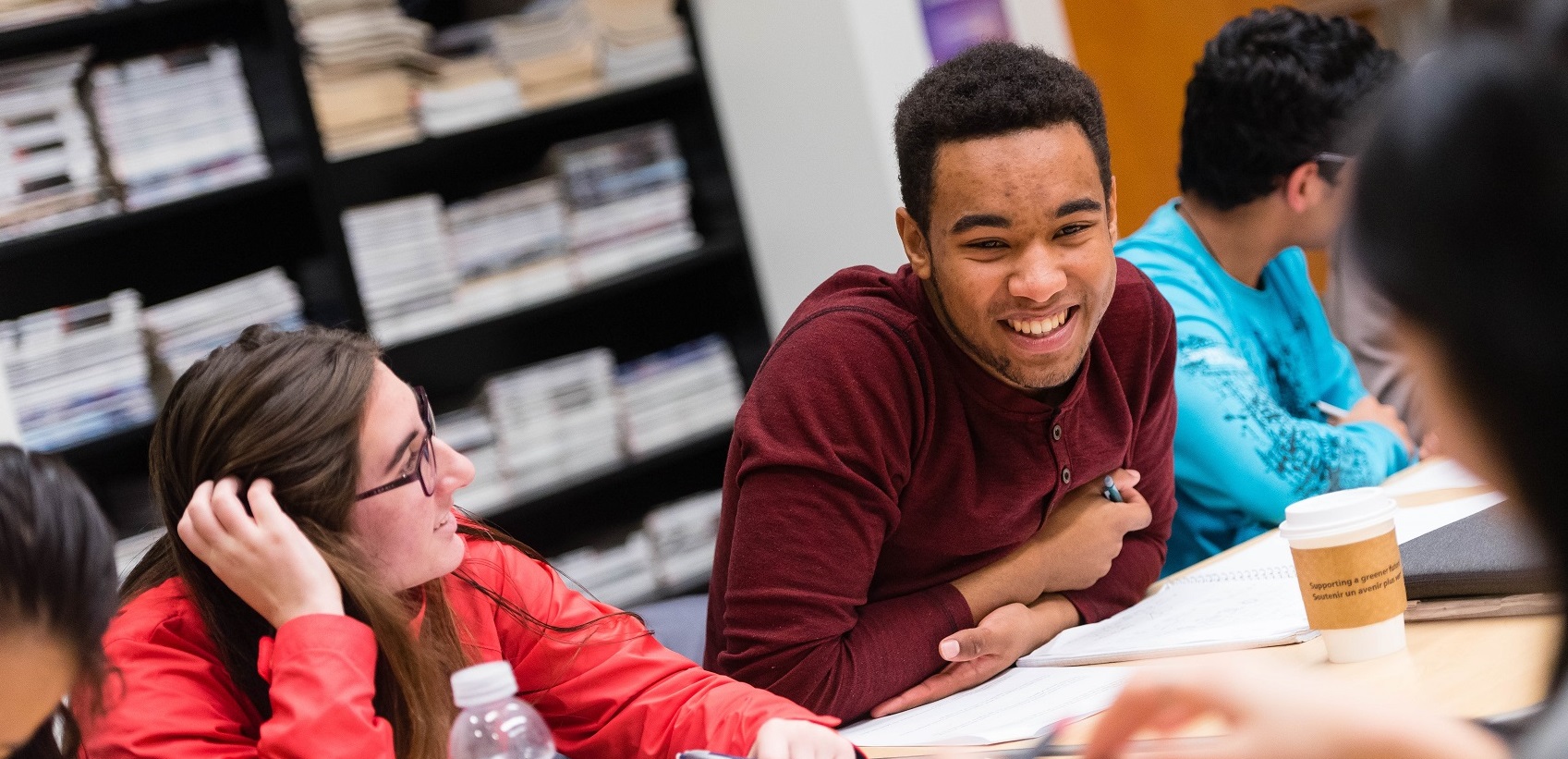Embarking on your Australian study journey can feel overwhelming—tuition, living costs, visa requirements all add up. But what if you could shave off tens of thousands of dollars in fees?
In this guide, you’ll discover secret hacks top achievers use to qualify for high-value undergraduate scholarships in Australia. You’ll get:

- Actionable steps you can implement today
- Insider insights from successful recipients
- Clear tables comparing top awards
- Embedded resources to deep-dive as you go
Let’s dive in!
Why Australia? The Value Proposition for International Students
You already know Australia boasts world-class universities like the University of Melbourne and Australian National University. But beyond rankings, study in Australia offers:
- Full-fee scholarships worth A$30,000–A$60,000 per year
- Living stipends, airfares, even health cover
- Global recognition that sets you apart in any job market
If you play your cards right, you’ll graduate virtually debt-free—and position yourself for a stellar career.
H2: Undergraduate Scholarships Australia — Your Cheat Sheet
Below is a snapshot of Australia’s most lucrative scholarships for undergraduates. We’ll break down eligibility, award value, and deadlines so you know exactly where to focus your efforts.
| Scholarship Name | Value (A$) | Eligibility | Deadline |
|---|---|---|---|
| Australia Awards Scholarships(Grants by DFAT) | Up to A$100,000+ | Citizens of partner countriesMin. 18 yrs | 30 Apr 2025 |
| Monash International Merit Scholarship | A$10,000–A$24,000 | Top 5% high school grads | Rolling (check site) |
| University of Sydney International Scholarship | A$10,000–A$25,000 | Top academic achievers | 31 Oct 2025 |
| ANU Global Diversity Scholarship | A$5,000–A$10,000 | High achievers from underrepresented regions | 30 Nov 2025 |
| Macquarie Vice-Chancellor’s International Scholarship | A$10,000–A$20,000 | Strong leadership & academics | 31 Dec 2025 |
Pro Tip: Focus on a mix of Government-funded awards (like the Australia Awards Scholarships) and university-specific scholarships.
H2: Australia Scholarship Requirements — What You Really Need
Meeting basic eligibility isn’t enough. Here are the secret qualifiers that scholarship committees look for:
- Laser-Focused Personal Statement
- Show clear long-term goals; tie them to your home country’s development.
- Use data-driven anecdotes (e.g., “In my region, only 20% of girls finish high school…”).
- Outstanding Letters of Recommendation
- Choose recommenders who know you deeply—avoid generic academic refs.
- Provide them with a one-page brief on your achievements and goals.
- Proven Leadership & Community Impact
- Volunteer initiatives, student clubs, local NGOs—quantify your impact (e.g., “Led a team of 15 to teach coding to 200 children”).
- High Scores & Consistent Grades
- Aim for a GPA of 3.7+ (or local equivalent).
- Don’t just submit transcripts—show upward trends and improvements.
- English Proficiency Excellence
- TOEFL ≥ 100 or IELTS ≥ 7.5.
- Submit any English teaching certificates or extra coursework that proves mastery.
H2: How to Get Scholarship in Australia — 7 Little-Known Hacks
Beyond ticking boxes, ramp up your chances with these insider moves:
- Target In-Demand Fields
- STEM, healthcare, renewable energy often have extra funding pools.
- Leverage Early Application Windows
- Many universities award funds on a “first-come, first-served” basis—apply as soon as possible.
- Package Applications Together
- Submit to 3–5 scholarships at the same university to increase your odds.
- Score Bonus Points for Regional Backgrounds
- If you’re from underrepresented regions (e.g., Pacific Islands, parts of Southeast Asia), highlight it; some awards reserve quotas.
- Engage with Alumni Ambassadors
- Reach out on LinkedIn to past recipients—ask for tips and even referral support.
- Optimize Your LinkedIn Profile
- Commit to regular posts on your passion projects; scholarship panels may google you!
- Attend Official Info Sessions
- Universities and DFAT host webinars—ask questions live and cite them in your Statement of Purpose (“As discussed in the June 2025 webinar…”).
Secret Interview Prep: Nail the Scholarship Panel
If you advance to interviews, this is your chance to seal the deal.
- Mock Questions to Master
- “Why this course?” → Link to your vision for your home country.
- “How will you give back?” → Specific initiatives you’ll launch post-graduation.
- “What challenges have you overcome?” → Focus on resilience and community impact.
- Body Language & Presence
- Maintain an open posture; smile and nod to show active listening.
- Dress smart casual—conveys professionalism without overdoing it.
- Follow-Up Email
- Send a personalized thank-you within 24 hours, reiterating one key point you discussed.
H2: Top Australia Scholarships for International Students — Comparison Table
To help you narrow down, here’s a closer look at award amounts, coverage, and priority fields:
| Scholarship | Tuition Coverage | Living Stipend | Airfare | Key Fields |
|---|---|---|---|---|
| Australia Awards Scholarships | 100% | A$35,000/year | Yes (one) | Development priorities |
| Monash International Merit Scholarship | 25–50% | – | – | Any undergraduate discipline |
| University of Sydney International Scholarship | 50–100% | A$10,000/year | – | Any |
| ANU Global Diversity Scholarship | Up to 25% | A$8,000/year | – | STEM, humanities |
| Macquarie Vice-Chancellor’s International Scholarship | 25–50% | – | – | Business, engineering |
Action Step: Rank your top 3 choices and list their deadlines and requirements in a spreadsheet.
H2: Crafting a Winning Personal Statement — Step by Step
Your Statement of Purpose (SOP) is the heart of your application. Here’s a 5-section framework to keep it punchy:
- Hook & Introduction
- Start with a vivid anecdote (e.g., “The first time I saw solar panels powering my village…”).
- Academic & Professional Milestones
- Highlight 2–3 major achievements with metrics (e.g., “Ranked top 1% in national exam…“).
- Why This Scholarship & Australia
- Link your goals to Australia’s unique strengths—and the scholarship’s mission.
- Future Vision & Impact
- Paint a clear picture: “Upon return, I will partner with X NGO to scale solar solutions to 5,000 homes.”
- Closing & Call-to-Action
- End with conviction: “With this support, I will become a change-maker…”
H2: Frequently Asked Questions (FAQs)
Q1: Can I apply to more than one scholarship?
Yes—submit separate, tailored applications. Make sure each SOP aligns with the specific scholarship’s goals.
Q2: Are part-time jobs allowed on scholarship?
Most awards let you work up to 20 hours/week; check individual terms.
Q3: What if I miss the deadline?
No exceptions. Use calendar reminders and apply at least two weeks early.
Q4: Do scholarships cover partner/family visas?
Typically, no. They cover only the scholar—arrange additional funds if needed.
Q5: Is a gap year okay?
Yes, but explain how you used it productively (volunteering, internships).
Conclusion: Your Roadmap to a Debt-Free Australian Degree
Securing a high-value undergraduate scholarship in Australia requires more than stellar grades. It demands:
- Strategic planning: mapping deadlines and eligibility
- Personal branding: polished SOPs, strong LinkedIn presence
- Insider tactics: early applications, alumni networking
Follow the secret hacks above, start your applications today, and transform your dreams into reality—without drowning in debt.
Next Step: Bookmark this guide, draft your timeline, and register for upcoming info sessions. Your Australian scholarship awaits!

Start your journey now, and share this post with classmates who need a boost—because everyone deserves a shot at a world-class education!
